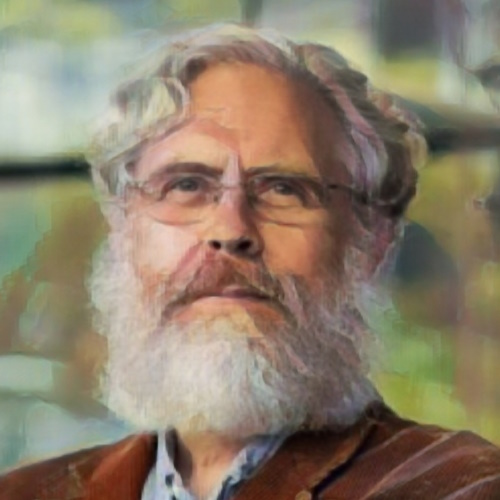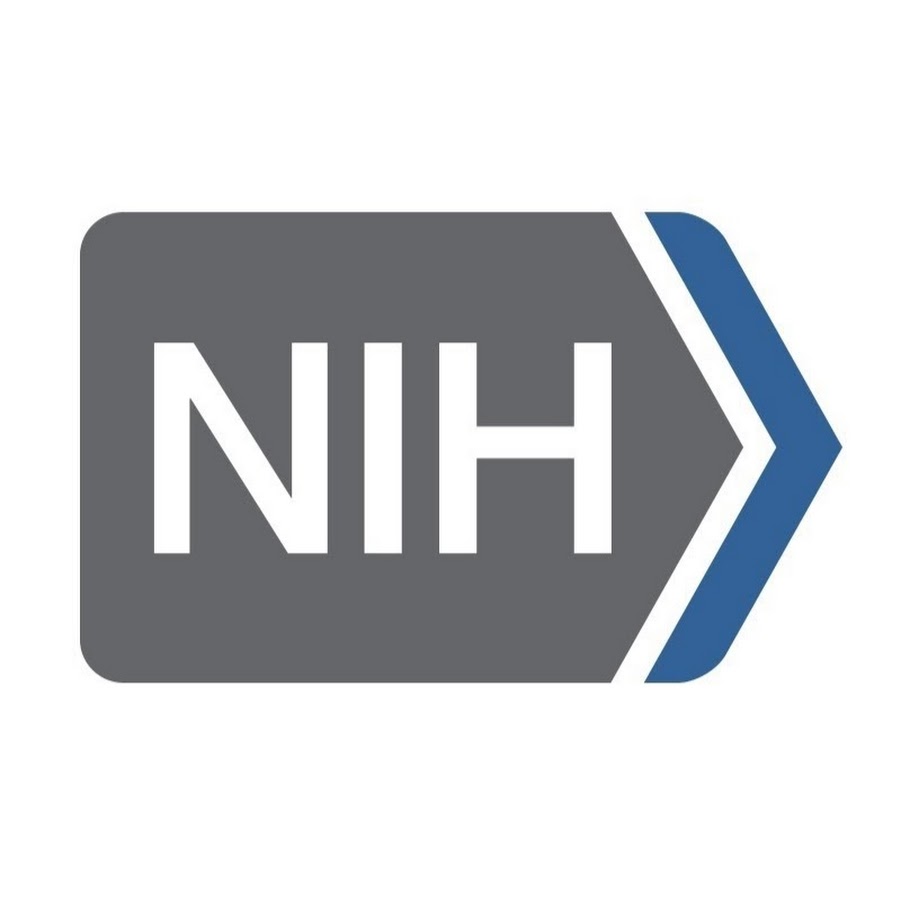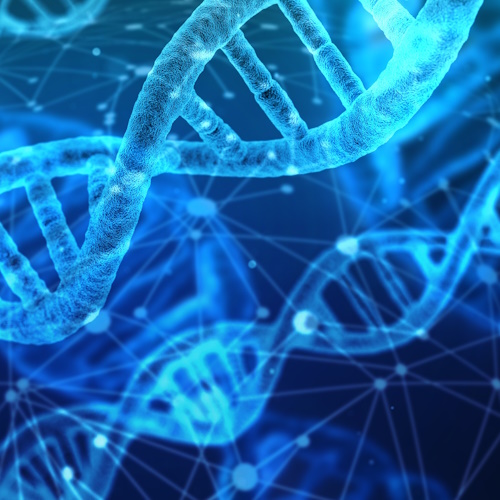Key points from article :
Scientists have finally sequenced the full human genome.
In June 2003, the Human Genome Project (HGP) completed its mission to map the whole human genome.
HGP used a process called bacterial artificial chromosome (BAC) to clone each piece of the genome, and study them in smaller groups.
BAC and other approaches weren’t right for the repeats-heavy remaining 8% of the genome.
Pacific Biosciences (PacBio) uses a system called HiFi, while, Oxford Nanopore uses electrical current.
Scientists used both PacBio and Oxford Nanopore technologies to chase down the remaining unknown sections of the human genome.
It increased the number of DNA bases from 2.92 billion to 3.05 billion, a 4.5% increase. But the count of genes increased by just 0.4%.
This shows how big the heavily repeating base pair sequences in this zone are.
"..both new technologies allow very long strings of base pairs to be read at once," - George Church, biologist at Harvard University.
Study by NIH published in preprint server bioRxiv.








